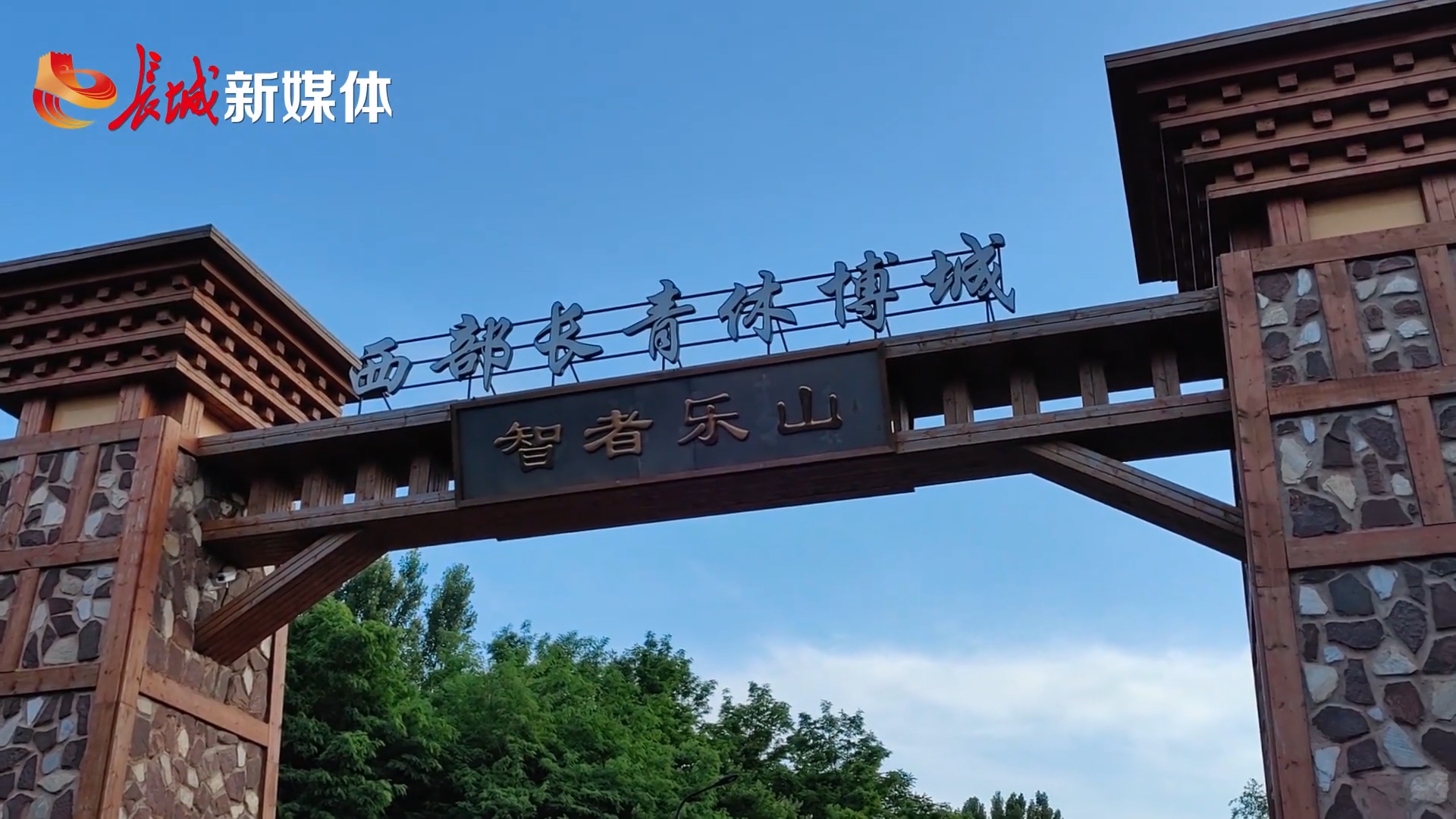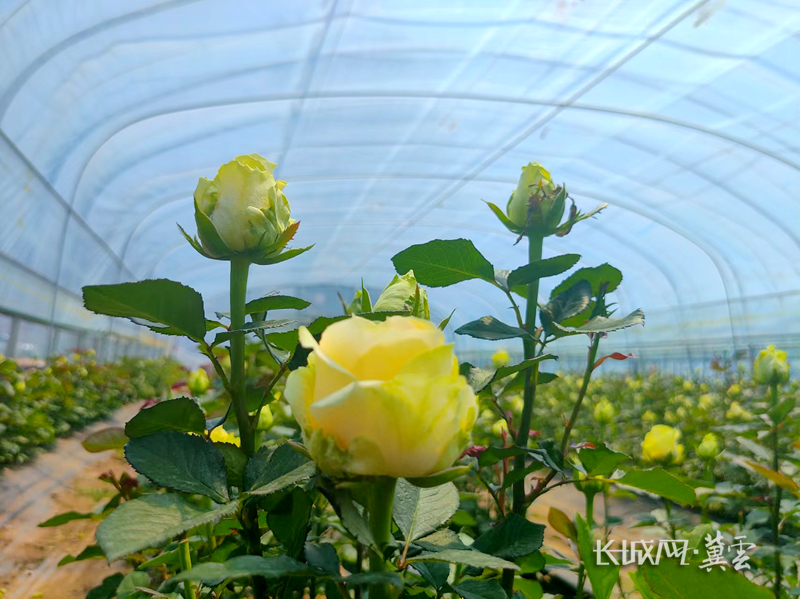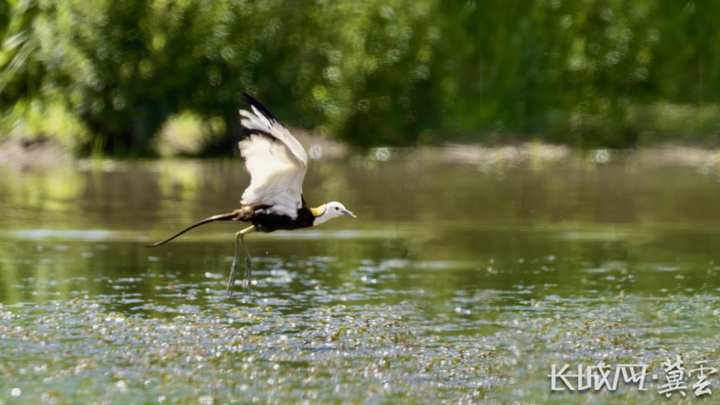
White-naped Cranes in Nandagang wetland. [Photo by Liu Hongrui/For chinadaily.com.cn]
Located about 200 kilometers south of Beijing, the Nandagang Migratory Bird Habitat in Cangzhou, Hebei province, is welcoming the autumn and winter migration season.
In recent years, the Nandagang Wetland and Bird Nature Reserve have implemented an integrated platform for scientific research and monitoring, enhancing not only the understanding of bird species, numbers, and distribution but also improving the efficiency of protection and rescue efforts.
"This system identifies the birds according to the captured images and vocal patterns, and conducts classification and statistics," said Meng Zhaolei, director of the planning bureau of the Nandagang wetland.
"In addition to the monitoring cameras installed, patrollers also use handheld devices to take photos and collect data when they spot birds," she said. Intelligent monitoring allows for bird surveys without disrupting their normal activities, thereby increasing survey efficiency and accuracy.

The Nandagang Migratory Bird Habitat in Cangzhou, Hebei province. [Photo by Liu Hongrui/For chinadaily.com.cn]
Nandagang serves as an important stopover and transit point on the East Asia-Australasia Flyway and is a habitat for numerous rare water birds. From late February to early April and from early October to mid-December, large numbers of migratory birds rest and feed here, with different groups of migratory birds replacing each other every five to 10 days.
In July, along with four other sites of the Migratory Bird Sanctuaries along the Coast of the Yellow Sea-Bohai Gulf of China (Phase II), Nandagang was designated as a World Natural Heritage Site, becoming the first natural heritage site in Hebei province.

Migratory birds in Nandagang wetland. [Photo by Liu Quansheng/For chinadaily.com.cn]
In the past, due to pond aquaculture in some areas, waterways were blocked, water quality deteriorated, and the original wetland area shrank, reducing the habitat for birds here.
Since 2020, through ecological restoration projects such as clearing aquaculture and wetland restoration, the number and variety of bird species monitored in Nandagang have been increasing annually, reaching 269 species, including 16 species of national first-class protected birds such as the Red-crowned Crane and Mandarin Duck.
Meng mentioned that not long ago, the wetland restoration area welcomed hundreds of national second-level protected animals, the Tundra Swans, and saw a large number of geese and ducks settling in.
Several Baer's Pochard have been spotted here, too, which is listed as critically endangered by the IUCN Red List with a number of about only 500 globally.
"It has a high requirement of the water quality and is an important indicator of the environment," Meng said.

Baer's Pochard in Nandagang wetland. [Photo provided to chinadaily.com.cn]






